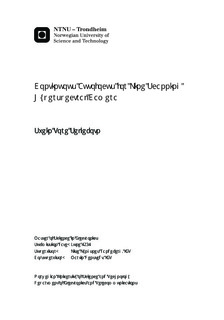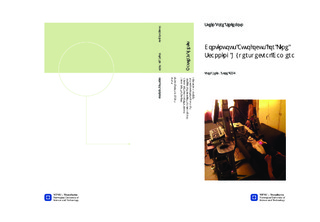| dc.description.abstract | Good focus quality is essential in imaging applications. For a hyperspectral line scanning camera, lack of continuous autofocus will quickly make the image become out of focus, given curved or sloped objects. In spite of this, continuous autofocus solutions for hyperspectral line scanning cameras seem largely absent. In the presented work a continuous autofocus system for a HySpex VNIR-1600 hyperspectral line scanning camera is detailed. Passive autofocusing techniques were first tested, showing little potential due to failure of differentiating between contrast changes and focus quality. Moving on, an active autofocus solution was developed. Using a laser displacement sensor mounted ahead of the camera's field of view, the topography of the object is measured and focus adjusted accordingly. The system is dependent on several calibrations. Calibration procedures were invented to ease the calibration process, and the obtained calibration accuracies are discussed. Several samples were tested for focus quality using two different speed settings, and the quality and measured performance is discussed. Furthermore, working conditions for the laser sensor is also investigated. The resulting continuous autofocus system worked as intended, adjusting for topography changes within the physical limits of the system. The obtained focus quality for slow topography changes is excellent. For large topography changes over a small distance the system struggles to follow. Furthermore, adjustment for changes of 5mm over a distance of one refocusing period (4.1-4.3mm) is not recommended due to vibrations in the camera. The refocusing period for the system is off from the set value. While not impacting the functionality directly, it indicates an implementation error in the system. Implementing a dynamic refocusing period might improve system performance. Furthermore, "pause and adjust"-scanning is suggested as a possible improvement with potential for objects with sudden topography changes. Last, a more robust rig is advisable in order to prevent camera vibrations interfering with the image quality. | nb_NO |

